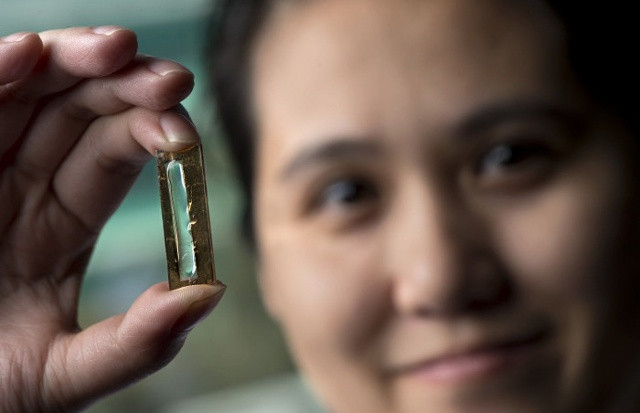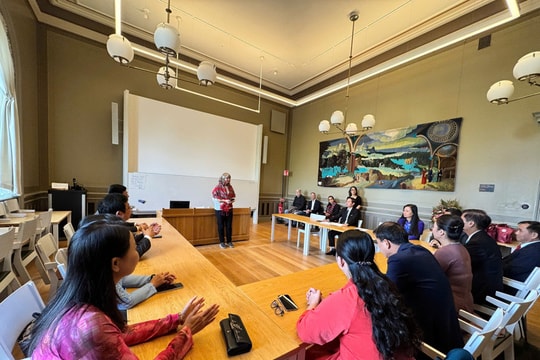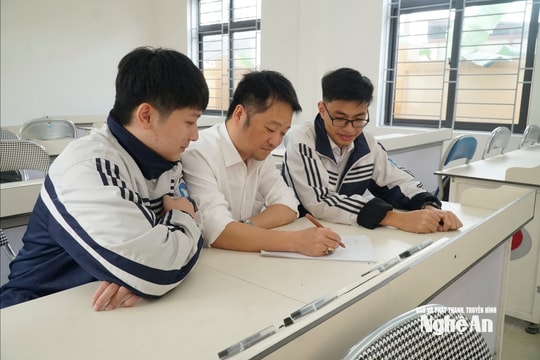Vietnamese female researcher invents lithium battery with lifetime
Researchers from the University of California, Irvine (UIC) have invented a lithium battery with a core made of nanofibers that can be recharged hundreds of thousands of times.
This is a huge step forward in technology, laying the groundwork for us to actually create batteries that can last for hundreds or even thousands of years. They will also help extend the battery life of computers, smartphones, cars and spacecraft.
The person behind this revolutionary discovery in battery technology is Mya Le Thai, a Vietnamese-American graduate student pursuing her PhD at UCI.
Scientists have long sought to use nanowires in batteries. A nanowire can be thousands of times thinner than a human hair, highly conductive, and has a large surface area for storing and transporting electrons.
However, nanofibers are extremely fragile and not suitable for use in charging and discharging batteries repeatedly. When nanofibers are used to make a conventional lithium-ion battery, they swell, become brittle, and begin to crack.
The UCI researchers solved this problem by coating a nanowire made of gold molecules with a shell of manganese dioxide. They were then immersed in an electrolyte made of Plexiglass gel. This combination made the nanowire inside many times more stable.
The research team leader, Dr. Mya Le Thai, tested the battery by charging and discharging it up to 200,000 times in three months without detecting any changes in capacity, power, and nanowires.
 |
| Mye Le Thai and a lithium battery made from nano. (Photo source: UIC). |
The discovery was made by accident. While Mya was experimenting with some chemical compounds, she coated the entire nanowire with a very thin layer of gel. And that’s when Mya began to notice something different about the battery.
According to Reginald Penner, head of the Chemistry Department at UCI, in her experiments, Mya Le Thai recharged the nanofiber structure she created hundreds of thousands of times. Normally, this type of fiber can only be recharged about 6-7,000 times before it is destroyed, Penner said.
The researchers think the flexible metal oxide makes the nanofibers more flexible and resistant to cracking.
“The manganese dioxide-coated electrodes hold their shape much better, making them a more reliable option,” said Mya Le Thai. “This research demonstrates that a battery based on nanowire electrodes can have a long lifetime, and that we can actually create batteries like this.”
This research was conducted in collaboration with the University of Maryland and funded by the U.S. Department of Energy.
Mya Le Thai studied nanotechnology as an undergraduate at UCLA. She then served as an assistant professor at UCI for over two years.
In 2015, she moved to Washington DC to work at the Department of Energy's Energy Research Frontiers Center, before returning to UCI to take on some organizational work for the university's nanotechnology research committees.
Mya Le Thai is currently pursuing her PhD in Physical Chemistry at UCI.
According to Khoahoc.tv



.jpg)
.jpg)

.jpg)

